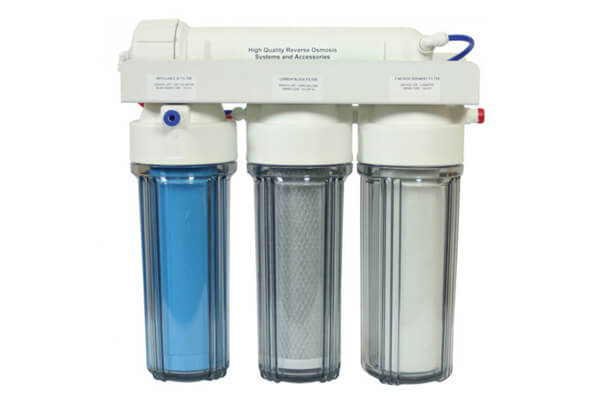A guide to water filtration system
Views: 453
Author: Site Editor
Publish Time: 2018-12-25
Origin: Site
The purification of water is an essential step towards ensuring the health and safety of water for commercial use, regardless of whether the water is obtained from a well, supplied by a local municipality, or recycled wastewater. Untreated water may contain harmful and dangerous levels of contaminants such as heavy metals, viruses, minerals, bacteria as well as industrial by-products. So as to purify the water, these substances must be removed through a filtration process. However, there are different methods through which this can be achieved, these would be discussed in this content so as to keep our readers informed.

Ultraviolet water purification
This method of treatment is eco-friendly and highly effective chemical-free approach to water treatment. UV light for purification is commonly employed for both commercial as well as residential use so as to provide a clean water for drinking purpose.
UV has a distinct ability to destroy any harmful pathogens such as viruses, bacteria as well as some protozoa which are resistant to chlorine. UV light likewise creates radiation which attacks the DNA of these microorganisms and destroys them at their core. Because of this effective approach, these contaminants are not able to reproduce thereby rendering them harmless. By relying on the appropriate light spectrum, water is successfully disinfected and purified appropriately.
Distillation water purification
The distillation process works by mimicking the hydrologic cycle which nature uses to purify water on the earth crust. For example, naturally, the process of distillation begins when the sun heats up large bodies of water such as lakes and ocean. Whenever this occurs, the water vapours rise into the atmosphere and then condense into clouds. Eventually, as this condensation become heavy, it returned to the earth in form of precipitation. The precipitate is pure and free from any form of pollution thereby providing a purified drinking water. The distillation works by mimicking this natural process.
Distillation is comprised of a heat source where water is boiled. From that point, the steam or water vapour rises and then condenses. A condenser will then collect the purified water and the harmful contaminant which are present in the untreated water would be left behind in the boiled water. This method of water purification is best for industrial applications such as the sterilization of equipment. Because of this, the use of distilled water is preferred for medical, pharmaceutical as well as automotive industries.
Nanofiltration water purification
This is a fairly recent development in clean water solutions. The nanofiltration process relies on the use of semi-permeable membrane filtration which effectively filters out viruses as well as other organic molecules, especially divalent ions which usually cause hardness of water.
Pressure is applied to untreated water which is forced through these membranes. This would successfully separate the contaminated water from the clean water. Nanofiltration effectively removes both natural as well as synthetic organic manner and also serve as an excellent solution for water filtration system.
Some industries may find the pore sizes of nanofiltration membrane to be a shortcoming to this technology. Because the pore sizes of its membrane are around 0.001 micron, which is larger than other technologies like reverse osmosis, nanofiltration has a lower contaminant rejection rate.
These are some of the methods which are employed in water filtration system so as to ensure clean and safe drinking water is provided for everyone that might be in need.




